-
 Bitcoin
Bitcoin $115100
-2.99% -
 Ethereum
Ethereum $3642
-1.38% -
 XRP
XRP $3.027
-5.51% -
 Tether USDt
Tether USDt $1.000
-0.05% -
 BNB
BNB $763.4
-1.32% -
 Solana
Solana $177.2
-5.42% -
 USDC
USDC $0.9999
-0.02% -
 Dogecoin
Dogecoin $0.2247
-6.47% -
 TRON
TRON $0.3135
0.23% -
 Cardano
Cardano $0.7824
-4.46% -
 Hyperliquid
Hyperliquid $42.53
-0.97% -
 Stellar
Stellar $0.4096
-6.09% -
 Sui
Sui $3.662
-2.61% -
 Chainlink
Chainlink $17.63
-3.57% -
 Bitcoin Cash
Bitcoin Cash $536.3
2.94% -
 Hedera
Hedera $0.2450
0.34% -
 Avalanche
Avalanche $23.23
-3.15% -
 Litecoin
Litecoin $112.2
-1.23% -
 UNUS SED LEO
UNUS SED LEO $8.976
-0.30% -
 Shiba Inu
Shiba Inu $0.00001341
-2.72% -
 Toncoin
Toncoin $3.101
-2.44% -
 Ethena USDe
Ethena USDe $1.001
-0.05% -
 Uniswap
Uniswap $10.08
-1.97% -
 Polkadot
Polkadot $3.938
-2.77% -
 Monero
Monero $323.9
0.87% -
 Dai
Dai $0.9999
-0.02% -
 Bitget Token
Bitget Token $4.481
-1.69% -
 Pepe
Pepe $0.00001199
-5.94% -
 Aave
Aave $288.2
-0.68% -
 Cronos
Cronos $0.1279
0.36%
Exodus staking rewards
Exodus allows users to earn staking rewards by locking supported cryptocurrencies like ADA, ETH2, DOT, and SOL, offering a secure, non-custodial way to generate passive income.
Jul 25, 2025 at 09:07 am
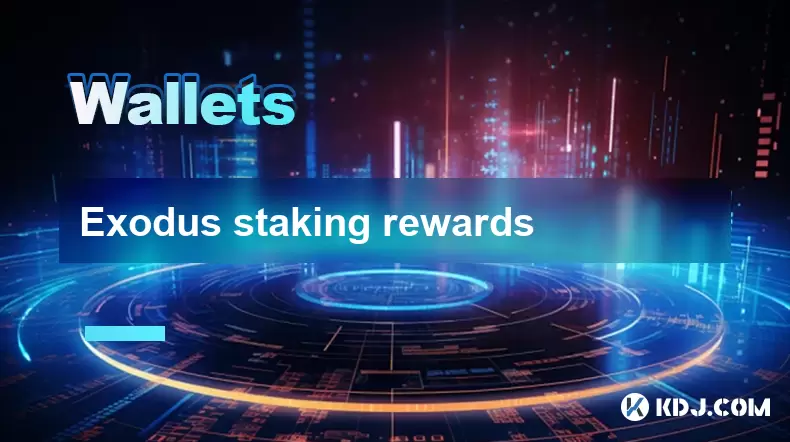
Understanding Exodus Staking Rewards
Exodus is a popular non-custodial cryptocurrency wallet that supports a wide variety of digital assets. One of the features it offers to users is the ability to earn staking rewards directly within the wallet interface. Staking involves locking up certain cryptocurrencies to support the operations of a blockchain network, and in return, users receive additional tokens as rewards.
Unlike traditional custodial staking services, where users hand over control of their funds, Exodus allows users to stake while retaining full ownership of their private keys. This means you can earn passive income without compromising security or control over your assets.
Supported Cryptocurrencies for Staking
Exodus supports staking for several major proof-of-stake (PoS) blockchains. The supported coins may vary over time, but currently include:
- Cardano (ADA)
- Ethereum 2.0 (ETH2) – post-merge
- Polkadot (DOT)
- Solana (SOL)
- Tezos (XTZ)
Each of these networks has different staking mechanisms and reward structures. For example, staking Ethereum requires a minimum of 32 ETH to become a validator, which is not feasible for most individual users. Therefore, Exodus integrates with third-party staking providers like Figment and Everstake to allow users to participate without running their own node.
How to Stake on Exodus Wallet
To begin earning Exodus staking rewards, follow these steps carefully:
- Open the Exodus desktop or mobile app
- Navigate to the Wallet tab
- Select the asset you wish to stake (e.g., ADA, DOT, SOL)
- Click on the Stake button
- Choose a validator or staking provider (if applicable)
- Confirm the transaction using your wallet password or biometric authentication
- Wait for the network confirmation
Once staked, your coins will be locked in the network, and you’ll start receiving periodic staking rewards, typically distributed daily or weekly depending on the blockchain.
It’s important to note that unstaking may take several days, depending on the network's unstaking period. Also, some networks may impose penalties or slashing conditions if the validator misbehaves, though this risk is minimized when using trusted providers integrated by Exodus.
Earnings and Reward Distribution
The amount of Exodus staking rewards you earn depends on several factors:
- Amount staked: Larger stakes generally yield higher returns.
- Network inflation rate: Each PoS blockchain has its own reward mechanism.
- Validator performance: Better-performing validators may offer slightly better yields.
- Market price fluctuations: While your token balance increases, the dollar value may fluctuate.
Rewards are automatically added to your Exodus wallet balance. You do not need to manually claim them. They appear periodically—daily for some coins, weekly for others—based on how frequently the network issues new rewards.
You can monitor your current staking status, including active stake amount and pending rewards, directly from the Exodus dashboard under the relevant asset.
Fees and Third-Party Providers
While Exodus itself does not charge any fees for staking, the third-party staking providers they partner with may deduct a small portion of the rewards as a service fee. These fees typically range between 5% to 10%, depending on the provider and network.
For example, if the network rewards are 5% annually and the provider charges a 10% fee, your net annual return would be approximately 4.5%.
Before staking, Exodus displays the estimated annual percentage yield (APY) and any associated fees so you can make an informed decision. Users have the option to choose different providers if multiple options are available for a given asset.
Risks and Considerations
Although Exodus staking rewards offer a convenient way to generate passive income, there are several risks and considerations:
- Volatility: The value of your staked assets can go down due to market conditions.
- Lock-up periods: Some networks require your funds to be locked for a set duration before you can unstake.
- Provider reliability: While Exodus partners with reputable providers, there is always a small risk of technical issues or slashing events.
- No control over validator behavior: If the validator misbehaves or goes offline, your rewards might be reduced.
Users should also ensure that their Exodus wallet is properly backed up and secured. Since Exodus is non-custodial, you alone are responsible for your recovery phrase and device security.
Frequently Asked Questions
Q: Can I stake multiple cryptocurrencies at once in Exodus?
Yes, Exodus allows users to stake multiple cryptocurrencies simultaneously. Each staking process is handled independently, and users can manage their staking positions individually for each supported coin.
Q: Are Exodus staking rewards taxable?
In many jurisdictions, staking rewards are considered taxable income. It’s important to consult with a tax professional or use crypto tax software to accurately report earnings from Exodus staking rewards.
Q: What happens if my computer shuts down while staking?
Since staking through Exodus uses third-party validators, your coins remain staked even if your local device is turned off. As long as the validator remains online, your stake continues to earn rewards.
Q: Can I switch staking providers after I've started staking?
Switching providers may require you to first unstake your coins and then re-stake with a different provider. However, this process can take time and may involve network-specific waiting periods. Always check the unstaking requirements before making changes.
Disclaimer:info@kdj.com
The information provided is not trading advice. kdj.com does not assume any responsibility for any investments made based on the information provided in this article. Cryptocurrencies are highly volatile and it is highly recommended that you invest with caution after thorough research!
If you believe that the content used on this website infringes your copyright, please contact us immediately (info@kdj.com) and we will delete it promptly.
- VIRTUAL Weekly Drop: Recovery Analysis and Privacy Push
- 2025-07-26 08:50:11
- Bitcoin, Cynthia Lummis, and Freedom Money: A New Yorker's Take
- 2025-07-26 08:30:11
- Crypto Gainers, Top 10, Week 30: Altcoins Buck the Trend
- 2025-07-26 08:55:12
- Solana, Altcoins, and Coinbase: What's the Buzz?
- 2025-07-26 06:30:12
- XRP in 2025: Bull Run or Bust?
- 2025-07-26 07:30:12
- Crypto Legislation, Blockchain Hiring, and Coinbase Applications: A New Era?
- 2025-07-26 08:30:11
Related knowledge
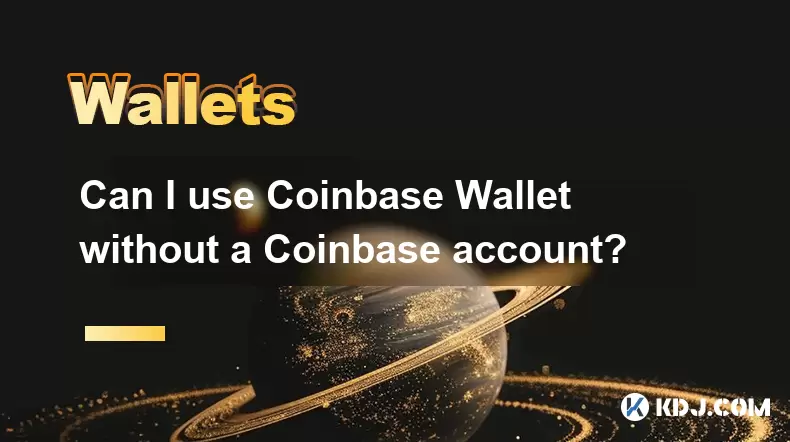
Can I use Coinbase Wallet without a Coinbase account?
Jul 18,2025 at 04:35am
What is Coinbase Wallet?Coinbase Wallet is a self-custodial wallet that allows users to store, send, and receive various cryptocurrencies directly on ...
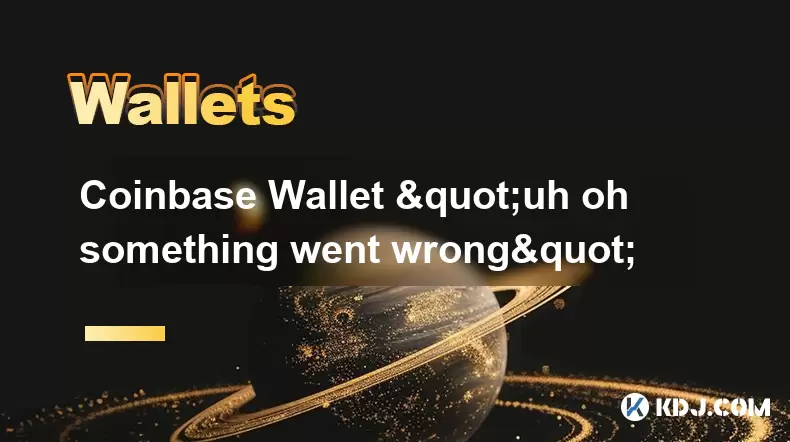
Coinbase Wallet "uh oh something went wrong"
Jul 20,2025 at 10:00am
Understanding the Coinbase Wallet Error: 'Uh Oh, Something Went Wrong'If you're a Coinbase Wallet user, encountering the error message 'Uh Oh, Somethi...
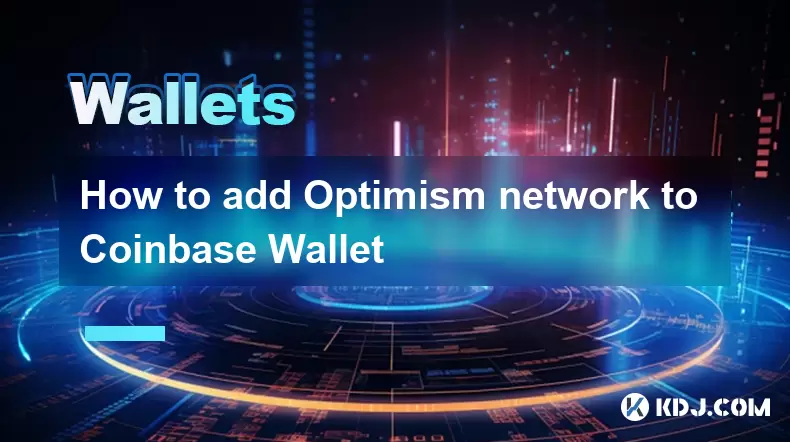
How to add Optimism network to Coinbase Wallet
Jul 20,2025 at 05:21am
What is the Optimism Network?The Optimism network is a Layer 2 scaling solution built on top of the Ethereum blockchain. It aims to enhance transactio...

How to add Arbitrum to Coinbase Wallet
Jul 18,2025 at 03:00pm
Understanding Arbitrum and Its Integration with Coinbase WalletArbitrum is a layer-2 scaling solution developed by Offchain Labs to enhance the speed ...
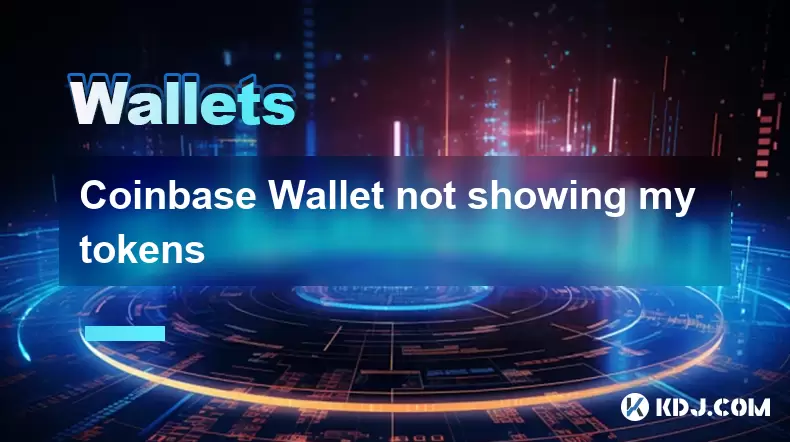
Coinbase Wallet not showing my tokens
Jul 18,2025 at 09:49am
Understanding Coinbase Wallet Token Display IssuesIf you're experiencing issues where Coinbase Wallet not showing my tokens, it can be frustrating, es...
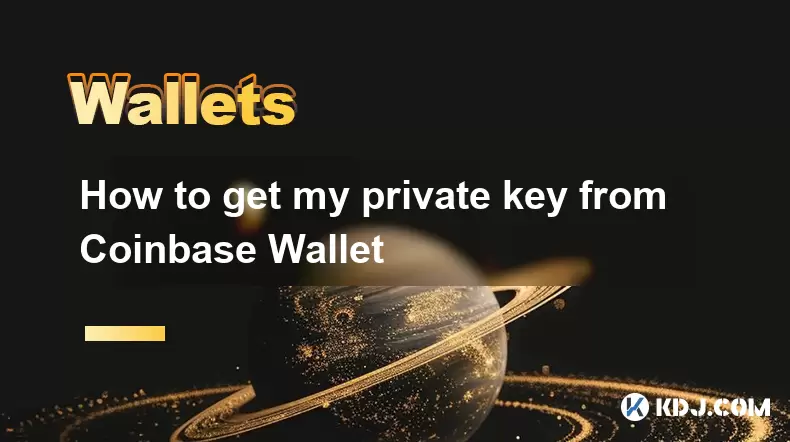
How to get my private key from Coinbase Wallet
Jul 24,2025 at 08:01pm
What Is a Private Key and Why Is It Important?In the world of cryptocurrency, a private key is a unique alphanumeric code that grants you full access ...

Can I use Coinbase Wallet without a Coinbase account?
Jul 18,2025 at 04:35am
What is Coinbase Wallet?Coinbase Wallet is a self-custodial wallet that allows users to store, send, and receive various cryptocurrencies directly on ...

Coinbase Wallet "uh oh something went wrong"
Jul 20,2025 at 10:00am
Understanding the Coinbase Wallet Error: 'Uh Oh, Something Went Wrong'If you're a Coinbase Wallet user, encountering the error message 'Uh Oh, Somethi...

How to add Optimism network to Coinbase Wallet
Jul 20,2025 at 05:21am
What is the Optimism Network?The Optimism network is a Layer 2 scaling solution built on top of the Ethereum blockchain. It aims to enhance transactio...

How to add Arbitrum to Coinbase Wallet
Jul 18,2025 at 03:00pm
Understanding Arbitrum and Its Integration with Coinbase WalletArbitrum is a layer-2 scaling solution developed by Offchain Labs to enhance the speed ...

Coinbase Wallet not showing my tokens
Jul 18,2025 at 09:49am
Understanding Coinbase Wallet Token Display IssuesIf you're experiencing issues where Coinbase Wallet not showing my tokens, it can be frustrating, es...

How to get my private key from Coinbase Wallet
Jul 24,2025 at 08:01pm
What Is a Private Key and Why Is It Important?In the world of cryptocurrency, a private key is a unique alphanumeric code that grants you full access ...
See all articles

























































































